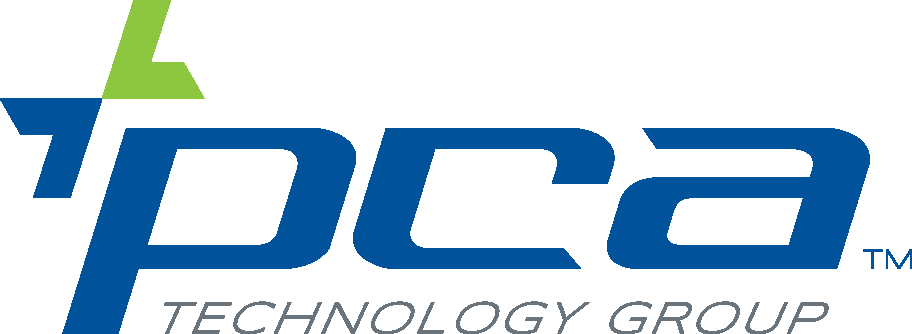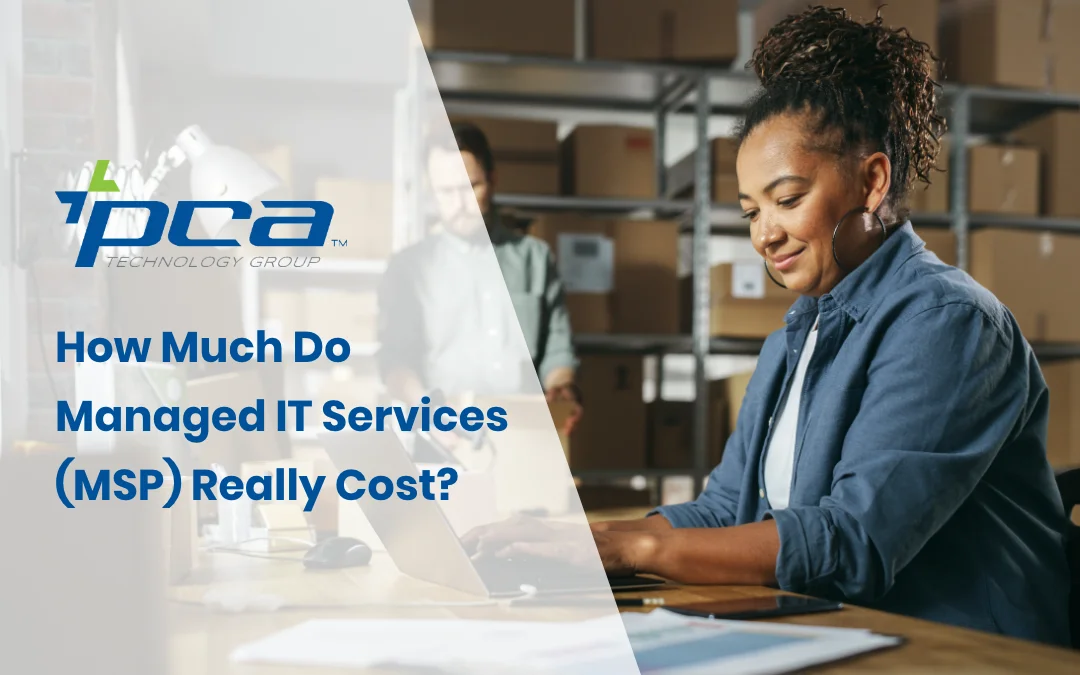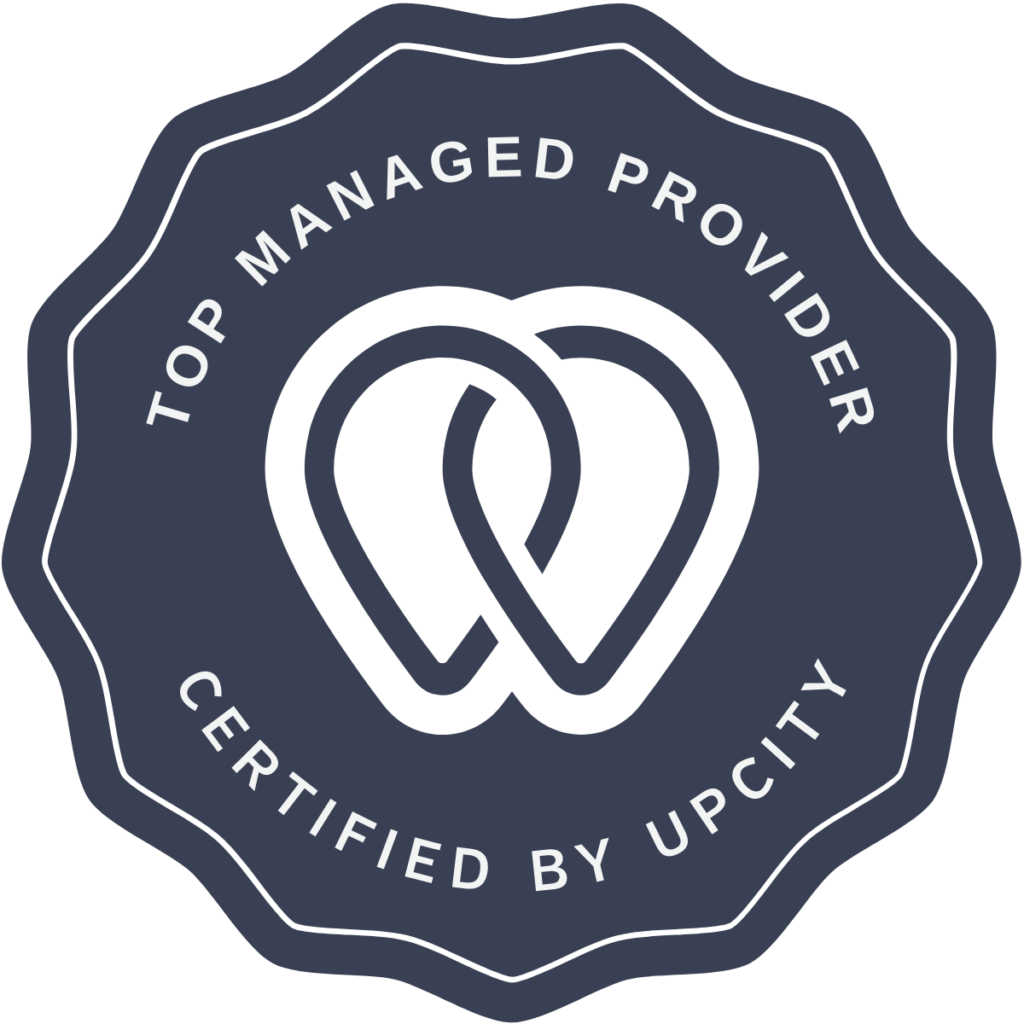For owners of small- and medium-sized businesses (SMBs), navigating the world of IT can be daunting because of how much there is to comprehend. For this reason, many business owners turn to managed IT services (MSPs). However, without the right research and understanding, SMBs like yours can still end up overpaying for your needs or fail to acquire the level of service suited to your business.
This article will break down the key factors that affect the price of managed IT services, as well as the different pricing tiers and the levels of service that go with them
What are the five factors that affect the cost of managed IT services?
Across different industries, no matter how different, there are factors that remain consistent when it comes to affecting the cost of an MSP. These factors include:
1. How much service time is needed
Service time is the time necessary for resolving IT issues and maintaining your infrastructure. To evaluate your SMB’s service needs by asking yourself the following questions:
- How big is your IT network (users, workstations, servers, etc.)?
- What level and kinds of support do you need (proactive maintenance, after-hours support, cybersecurity, etc.)?
- How long do you keep your IT systems operational and accessible? Is it 24 hours a day, seven days a week? How often do you schedule downtime for regular maintenance? How long does that downtime usually take?
- How complex are your IT issues and how often do they occur?
Service time may be billed hourly or included in a recurring plan. Hourly rates tend to range from $150 to $250. Recurring MSP plans normally go between $50 and $150 per user per month, with infrastructure requirements necessitating additional fees.
2. How many users the business has
The number of users directly affects the cost of managed IT services. A comprehensive user count should include workstations, mobile devices, and tablets. Permitting your employees to use their own devices can trigger additional costs, such as further security measures and the use of mobile device management services.
Costs per user can drastically vary from $50 to $400, which includes options for one-time payments or recurring monthly fees.
3. How many servers the business has
Just as the number of users affects pricing, an increase in servers can drive costs up due to a combination of hardware purchase, space allotment (as well as any requisite planning and remodeling), and maintenance. Servers are essential for most companies that handle data, but installing just one server for a small business may cost up to $3,000 or even more. Furthermore, the number of servers you need may depend on the types of processing and storage loads associated with your industry’s specific regulations, such as HIPAA.
MSPs often provide lower upfront server costs with monthly fees, with options ranging from $185 to $500 per month. Determine whether your MSP will only manage servers or include data security features such as backups, as this will also influence pricing.
4. How much data the business handles
Data management and backup requirements contribute to the overall cost. More data means additional equipment necessary to store and process data, as well as technical expertise to manage equipment and data. Meeting the requirements of hardware and expertise are crucial to securing your company’s network against various threats, such as hardware failure, cyberthreats, and natural disasters.
The price for data management ranges from $5 per month for basic cloud storage to $500 for maintained data storage with backups.
5. What service and upgrades the business needs
After assessing the previous factors, consider the services you need from an MSP. These needs include cloud services, IT infrastructure setup, network security, VoIP services, and more, with each service increasing the cost. Additionally, factor in the costs of onboarding new employees and technological upgrades to keep up with business growth.,
Pricing tiers and what they offer
The following are the three pricing tiers for managed IT services and what IT services each tier includes:
Tier 1
At the lowest end of the spectrum, you’ll find basic monitoring services. These services are typically priced at $99–$150 per month. Tier 1 services primarily involve server monitoring and immediate alerts in case of issues. While cost-effective, this option may require additional fees for expert intervention, which can become costly over time.
The hourly rates at this tier typically range between $175 and $350 per hour.
Tier 2
In the mid-to-high range, managed IT services offer proactive monitoring, problem-solving, and prevention. These agreements often include round-the-clock IT support, planning, strategy, backup procedures, and a mix of on-site and remote support, all for a single flat fee.
Pricing can be based on technology devices or per user. Per device pricing ranges from $100 to $400 per server, $50 to $100 per workstation, $30 to $75 per firewall, and $15 to $40 per switch. Per user charges vary from $150 to $175 per user based on services included.
Tier 3
At the top end of the price range, tier 3 packages are priced at $250–$400 per user per month and typically provide fully hosted or cloud systems. Your IT company manages the infrastructure, and you pay a monthly fee for usage and support services. Advanced cybersecurity services or project labor may also be included in this tier.
Understanding the factors behind the costs of managed IT services and the available pricing tiers allows SMB owners to make informed decisions about their IT needs.
To learn more about managed IT service providers and how to get the best value within your budget, contact PCA Technology Group today.


